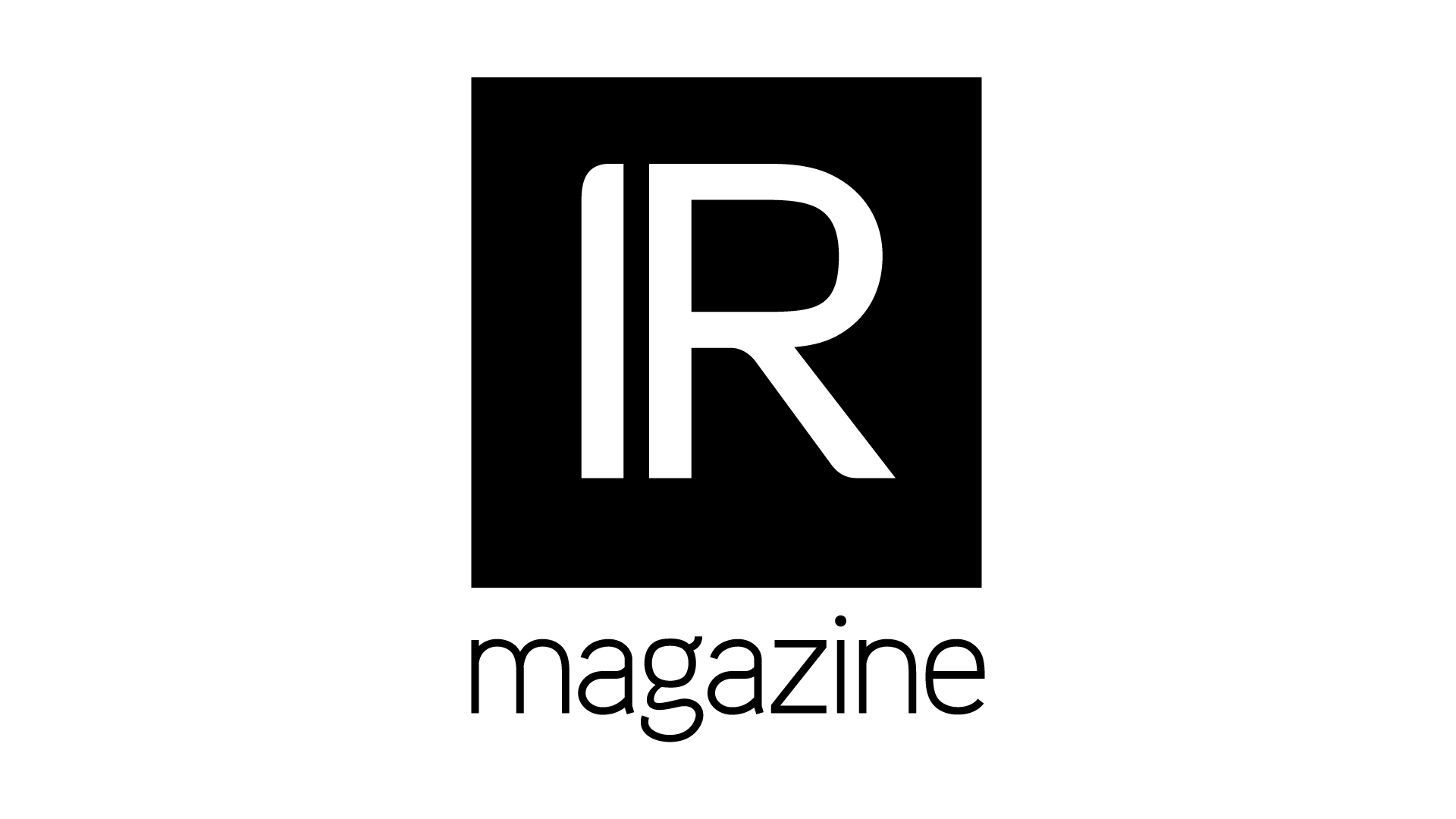The world's first giga-cap
Saudi Aramco’s IPO will define the next generation of Arabian investor relations
03 October 2017 | Oliver Schutzmann, CEO

This article was originally published in IR Magazine.
The IPO of Saudi Aramco is expected to be valued above $1 tn, which will make it the first ‘giga-cap’ company in history. The prospect of Saudi Aramco’s listing – one of the most eagerly anticipated events in the equity markets for years – has the potential to galvanize global investor interest in the Arabian Gulf region’s capital markets.
And the way the company handles its investor relations will set an important precedent for other state-backed IPOs in the region, such as the privatizations of Abu Dhabi National Oil Company, Emirates Global Aluminium and Abu Dhabi Ports.
The rationale behind the regional privatization trend is straightforward: governments in the Arabian Gulf are looking to monetize parts of their most successful companies as they cope with low oil prices at home and stagnant asset prices and low yields abroad. Add to this the fact that emerging market funds have seen inflows in recent years as investors continue their search for yield, and the stars look aligned for governments and firms seeking to raise capital.
And yet listing any company on the equity markets is far from straightforward. There are many potential hiccups that could yet spoil these and other planned transactions. Chief among the questions these companies need to ask are: will investors buy into our equity story? Do they believe our vision and strategy will result in growth? What are the competition, sector and geopolitical risks that might derail our strategy? And how can we demonstrate a management track record of sustainable growth when we come from the public sector?
Abu Dhabi Ports can, to a certain extent, use the successful listing of DP World as a benchmark. Saudi Aramco can compare itself with some of the oil majors, but it has bigger issues to address: question marks around Saudi’s proven reserves that are considered a state secret, a macro environment that carries headwinds for oil producers, and geopolitical event risks the kingdom may face in the future.
The privatizations are likely to proceed: advisers have been hired, lawyers, bankers and PR consultants have been briefed, along with regulators and listing authorities. But there is one key activity that has often been neglected or ignored in the past by regional governments and companies in the pre-IPO frenzy: investor relations.
Issuers rely heavily on their advisers – in particular the banks – to open channels and to introduce them to the large institutions that will be the backbone of their investor base. Yet once the shares are trading, these same advisers can seem to melt away (with their fees safely banked) and the issuers are left alone facing the investment community without a professional investor relations function in place.
Instead of being buyers of promise and future potential, those same institutions have become owners, and demand to be treated as such. And while anchor investors bring with them a reservoir of goodwill, this profound shift in relationship needs to be understood and managed by the issuer.
Gulf firms looking to raise money from the equity markets need to be building the capabilities to satisfy the investment community now. They need to be thinking of analysts and investors as owners today. They need to be establishing the rules of engagement and the standards of transparent, timely and accurate investor communication before the IPO, not waiting until the banks and other introducers have left the scene.
After all, while any IPO is an important exercise, it is not the IPO itself that will be used by future generations to judge the success of the Arabian Gulf’s large-scale privatizations. Instead, these firms will be judged by the ongoing future performance of the stock price, the way in which the companies use the capital raised from the float, the behavior and corporate character of the newly privatized entities, and their use of capital – in particular the dividends they pay to investors – that only time will be able to judge.
Companies must realize the IPO itself is only the beginning of the journey. And they should be in no doubt: the new world they are entering is hostile, dangerous and full of risk. In the case of Saudi Aramco, for example, hedge funds had net short positions on 164 mn barrels of oil at the end of June this year – a drop in Aramco’s ocean, but a good indicator of the skepticism and unforgiving nature of the market’s relationship with the oil industry.
While nobody doubts the regional IPO candidates are unique investment opportunities, they cannot take investors’ goodwill for granted. It needs to be earned, and it needs to be nurtured and maintained. The message for regional companies wishing to list their shares – whether they come from the public or private sectors – is clear: start building the infrastructure and capability to manage the relationship with your new owners as early as possible, because it takes time to build.
Do not assume for a moment that a successful PR campaign that lures investors to the IPO will enhance your reputation and satisfy your new owners for much more than a week or two after the issue. Companies need to be able to handle tricky questions and unforeseeable risks immediately after they list. When the opening bell rings on an IPO, it is already too late.